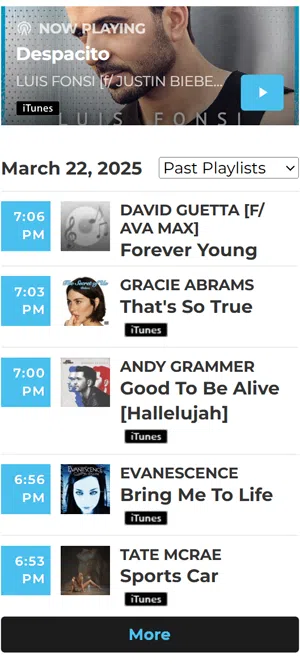By: Michael Achterling
BOTTINEAU, N.D. (North Dakota Monitor) – About $6.5 million in federal education dollars have been released for North Dakota after-school programs, but nearly $19 million remains frozen as educators plan for the upcoming school year.
The U.S. Department of Education confirmed Friday it would release funds for 21st Century Community Learning Center grants, which support before- and after-school programs and summer programs.
In north-central North Dakota, three summer programs had to stop operating after the federal government froze those funds, affecting more than 50 families, said Aimee Erdman, 21st Century Community Learning Centers project director for the North Central Education Cooperative in Bottineau.
Even though the federal funding has been released to the state, programs are now awaiting their grant awards.
“We’ve never had to pause programming because of a funding issue like this,” said Erdman, who has worked for the education cooperative for 12 years. “It’s always been a question of how much funding is available, not will there be funding at all.”
All of the after-school programs in the north-central region are supported by federal grants, Erdman said, though one program was able to find support from a local community foundation after the funding freeze.
Without the federal dollars, parents who rely on after-school programs would have to find other options, Erdman said.
“And the fact is, there just aren’t options,” she said. “Day cares don’t have openings, and in rural areas, like a tiny little town like Granville or Anamoose, they don’t have Boys and Girls Clubs or a YMCA.”
Robin Nelson, CEO of the Boys and Girls Club of the Red River Valley, said releasing the grants was an important step forward, but the pause delayed review of the grant applications.
“We’re still not out of the woods,” she said.
Federal grants for after-school programs for fiscal year 2026 were removed from the proposed federal budget, which Nelson said could mean more uncertainty for the programs.
North Dakota Sen. John Hoeven was among 10 Republican senators who signed a letter urging Office of Management and Budget Director Russ Vought to release $6.8 billion that had been frozen for K-12 schools.
Funds other than the after-school program dollars remain under review by the Trump administration.
For North Dakota, that amounts to an estimated $18.9 million in frozen federal funds for student enrichment, teacher professional training, English language grants, adult education and other initiatives.
“I feel for the superintendents trying to plan for starting school back up when the funding they use to run things is in limbo,” Erdman said.
Jeff Fastnacht, superintendent for Bismarck Public Schools, said this is the first time in his nearly 30-year school administrative career that he doesn’t know what federal funding the district will receive about a month before school starts.
He said the school district allocated more than $550,000 of its 2025 budget in expected grant funds for hiring staff and programming. However, his district, along with many others in the state, still face uncertainty with a majority of the funds still frozen.
“I’m statutorily required to hire people within a certain timeline in North Dakota,” Fastnacht said. He added the district typically uses those funds to hire instructional coaches for teachers and a work-based learning coordinator who connects students with work experience.
“I have to honor the contract that we gave them, kinda waiting for these funds,” he said.
The grant funds are usually awarded during the winter or early spring for the following school year, Fastnacht said.
He said the Bismarck school district will be able to use some carryover grant funding to get through the school year. But some things have been put on hold, such as registering for professional development conferences.
Bismarck Public Schools uses a significant portion of the federal grant dollars for the AVID program, which stands for Advancement Via Individual Determination and helps potential first-generation college students, Fastnacht said.
“That’s one really impactful program that we have that I think parents and kids would notice if we didn’t have AVID anymore,” he said.
Fastnacht said once Congress approves funding for education, the states and local school districts expect that money to flow.
“The executive branch’s power is to administer those dollars, not necessarily withhold them exclusively,” he said.














Comments